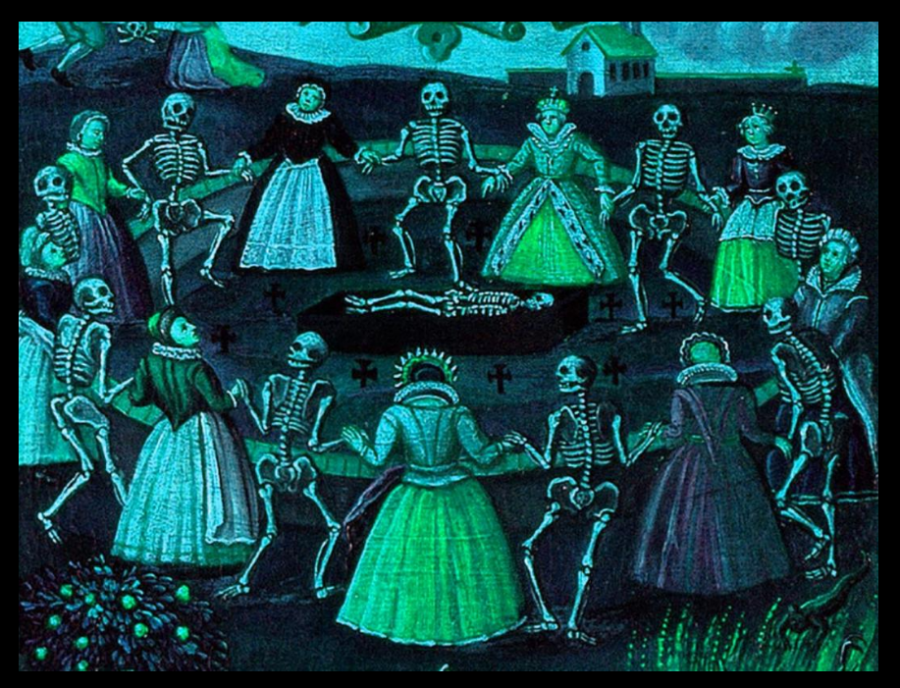The Dancing Plague
December 10, 2021
Throughout history, many odd and catastrophic things have happened. However, few compare to the irregularity of the Dancing Plague from 1518.
The Dancing Plague took place in quite a few areas during the year 1518, then it disappeared as suddenly and randomly as it appeared. Strasbourg was a city in the Holy Roman Empire (now it’s France) and caused a very mysterious disease. During the year 1518 Frau Troffea stepped into the street, dancing. Seemingly she was unable to stop before she collapsed from exhaustion, later waking to simply start the cycle once more and for days she was unable to stop. Within a week 30 more people had joined. Those inflicted with the plague had continued dancing long past a point of injury, and the city had become concerned with the growing amount of those infected.
Civic and religious leaders theorized more dancing was simply the way to rid their empire of the problem, so they arranged guildhalls for dancing, had musicians come with professional dancers, but this only worsened the scenario and spread the plague. A number had ended up perishing from their ongoing dance. The more well-known incident is the 1374 incident, in which plague spread to several towns and cities through the Rhine River.
In the end, the Dancing Plague is actually unsolved, despite the overwhelming amount of theories created on how the entire problem started. The plague fascinates me because of the unsolved mysteries and how we know practically nothing of the incidents.


